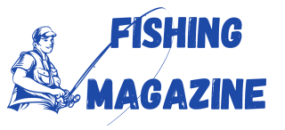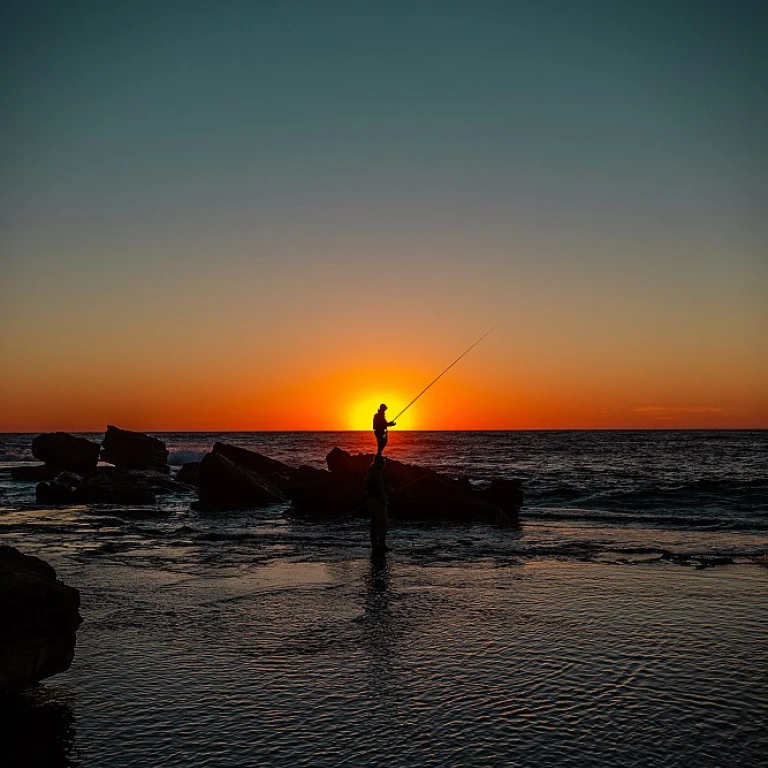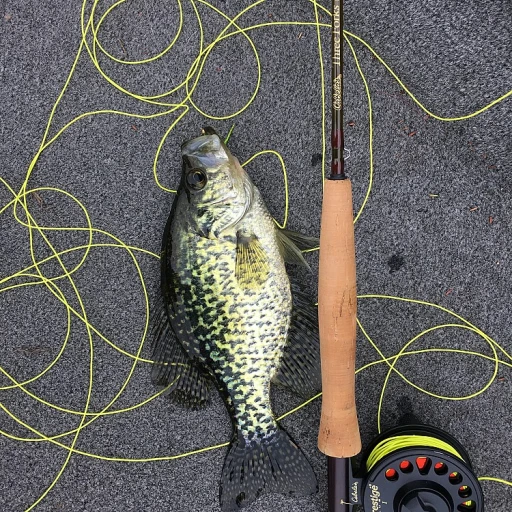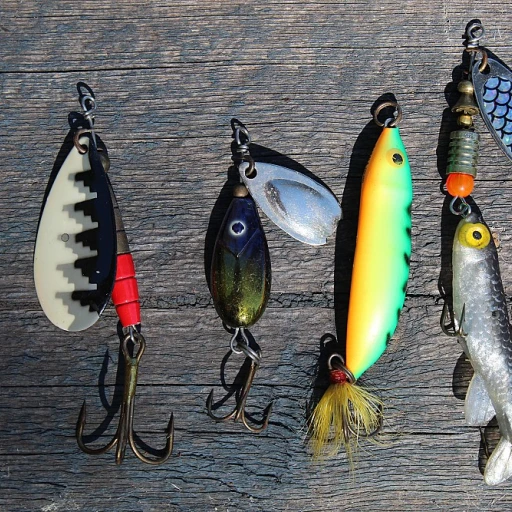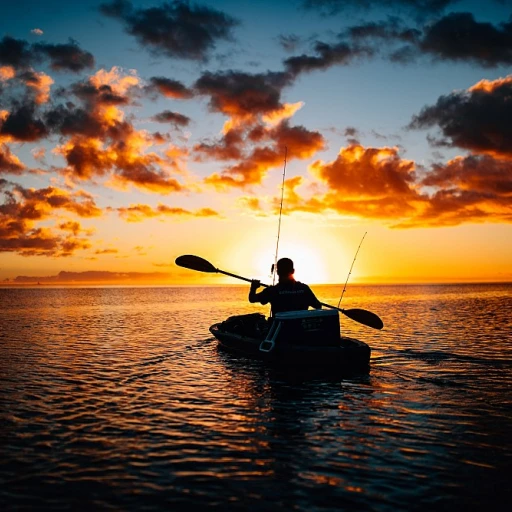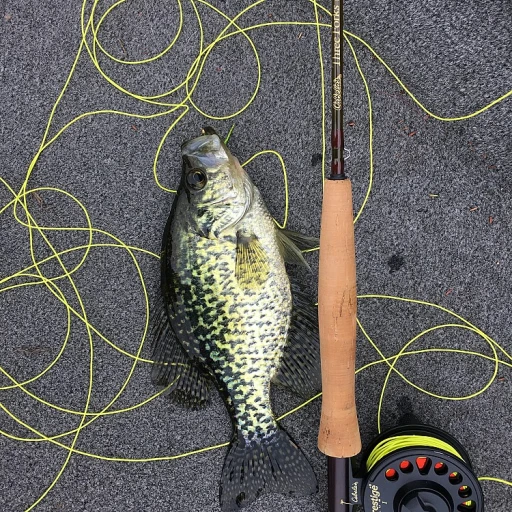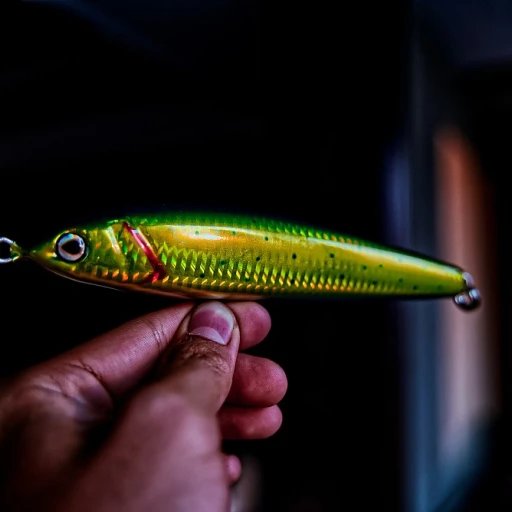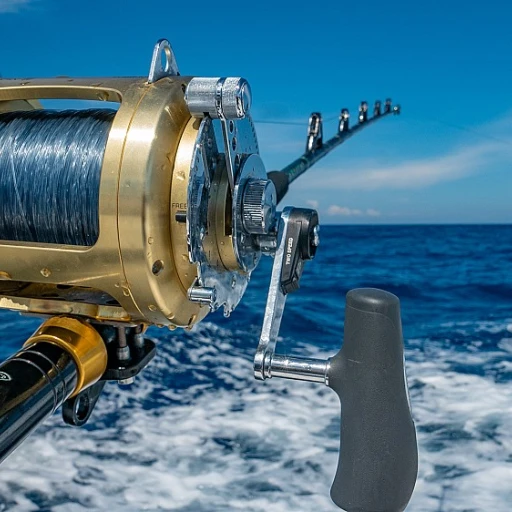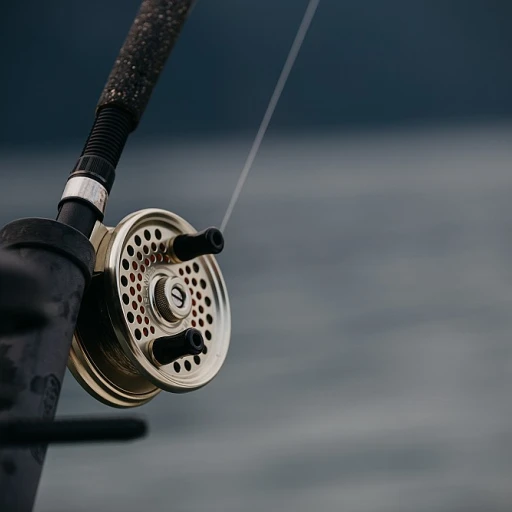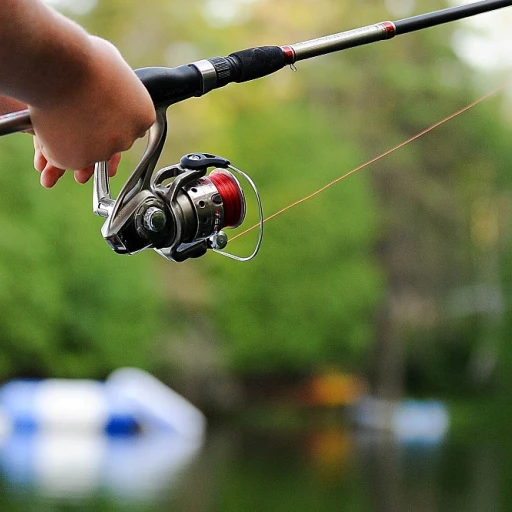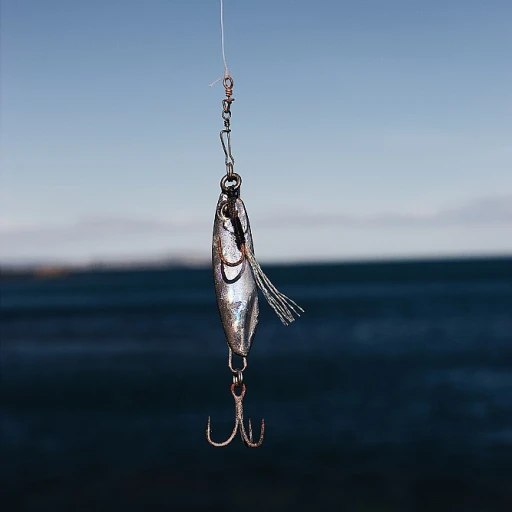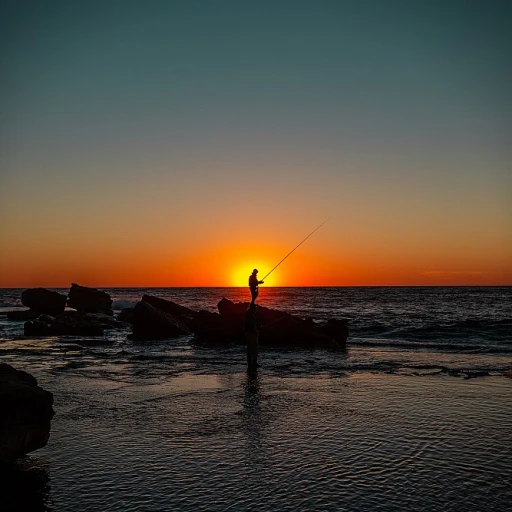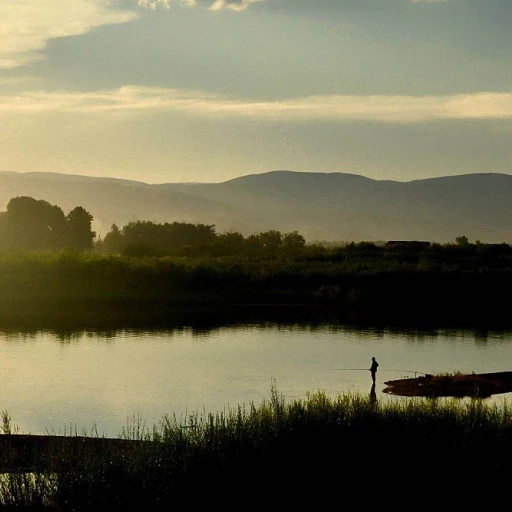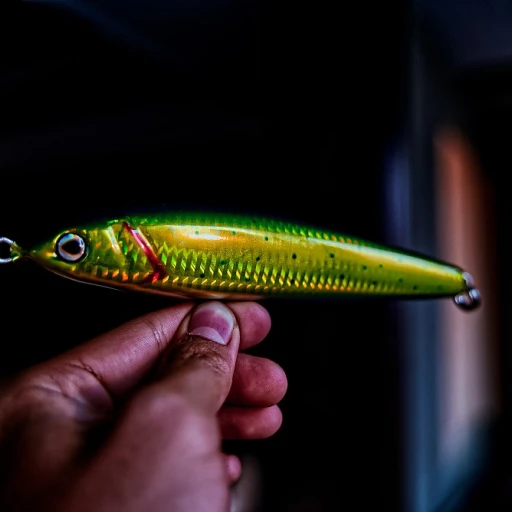
Understanding Barometric Pressure in Fishing
Grasping the Basics: What is Barometric Pressure?
Barometric pressure, also known as atmospheric pressure, plays a pivotal role in influencing fish behavior. It is essentially the weight of the air pressing down on Earth, and this pressure fluctuates due to weather changes. As an angler, understanding how these changes can impact your fishing experience is crucial for success.Why Does Barometric Pressure Matter to Anglers?
For those passionate about fishing, the main reason to be conscious of barometric pressure is its direct impact on fish. When pressure shifts, it can cause changes in fish activity and feeding patterns. Higher pressure often leads to bright, sunny skies, which generally makes fish more lethargic and less likely to bite. Conversely, a drop in pressure usually signals incoming weather changes, potentially making fish more active.Tracking Pressure on Your Next Fishing Trip
To effectively use barometric pressure to your advantage, keep an eye on local weather forecasts and consider carrying a barometer to monitor conditions in real-time. By observing the trend of rising or falling pressure, anglers can better predict which times might be more conducive to fishing success. For those new to the concept, exploring the world of flats skiff can be a great way to enhance shallow water fishing techniques. Why not check out this guide to expand your skill set when fishing in pressure-affected areas?How Pressure Changes Affect Fish Activity
The Role of Atmospheric Pressure in Fish Behavior
When it comes to understanding the impact of atmospheric conditions on your fishing success, it's essential to consider how barometric pressure changes can significantly alter fish behavior. Fish have an internal organ called a swim bladder that allows them to maintain buoyancy, and this organ is sensitive to pressure changes. During a rapid drop in barometric pressure, often before a storm, fish are known to become more active as they adjust their swim bladders. This window of increased activity can be a prime time for anglers to find success. On the other hand, rising pressure often indicates clear skies and calm waters, which may lead to fish becoming less active as they settle into a post-feeding pattern.Impact of Pressure Systems on Fish Habitat
High-pressure systems generally bring sunny and stable weather, causing fish to move to deeper waters or cover, seeking cooler, more comfortable surroundings. In contrast, low-pressure systems can drive fish into shallower waters where they become less wary and more aggressive feeders. Experienced anglers often adjust their strategies based on these conditions, choosing their fishing spots wisely and modifying their techniques to match the fish's fluctuating activity levels. Find out how the unique style of fly fishing with tenkara rods can blend seamlessly with these pressure-driven changes. Adapting your approach using such specialized equipment can lead to rewarding fishing experiences.Best Fishing Conditions: High vs. Low Pressure
High vs. Low Pressure: Which is Ideal for Your Fishing Trip?
While understanding how barometric pressure affects fish behavior can seem daunting, it's essential for improving your fishing success. Any angler who's been out on the water knows that fish are sensitive to changes in their environment, and this includes shifts in atmospheric pressure. When deciding on the best fishing day, it's vital to consider whether the conditions are high or low pressure.
High Pressure: Sunny Days Ahead
High pressure often brings clear skies and calm weather. Under these conditions, you might find that fish are less active, since the bright sunlight can penetrate deeper into the water, making fish more cautious. This could be the perfect time for practices where stealth and patience are key.
Low Pressure: Clouds and Active Fish
In contrast, low-pressure systems usually usher in overcast skies or even some drizzle. This can be an advantage, as fish tend to become more active and feed aggressively, taking advantage of the increased cloud cover. Targeting predatory fish during these periods can be particularly rewarding, especially when you've got the right lures and techniques.
So, when planning your fishing adventure, weighing whether you'll experience high or low pressure can significantly influence your fishing results. Should you be planning a full-day trip, perhaps on one of the best offshore fishing boats, remember that low-pressure days might provide you with more excitement and opportunities.
Using a Barometer for Better Fishing
Enhancing Your Fishing Experience with a Barometer
Using a barometer is a game-changer when it comes to understanding the impact of barometric pressure on your fishing success. Here's how you can harness this tool for better fishing:- Choosing the Right Barometer: There are various types of barometers available, from traditional mercury barometers to digital versions. Opt for a portable digital barometer for ease of use during your fishing trips. Ensure it has features like pressure trend indicators, which can provide valuable insights into upcoming weather changes.
- Monitoring Pressure Patterns: Regularly check the barometric pressure readings before and during your fishing adventure. A stable or slowly rising pressure often indicates favorable conditions, while a dropping pressure can signal an approaching storm or front.
- Interpreting the Numbers: Understanding how to interpret the barometric pressure readings is crucial. Generally, pressure is measured in inches of mercury (inHg) or millibars (mb). Familiarize yourself with the typical values in your fishing area and look for significant changes, as these can herald shifts in fish behavior.
- Timing Your Fishing: Use real-time pressure data to determine the best times for fishing. Fish are often more active during certain pressure trends, so aligning your schedule with these can increase your chances of a successful catch.
Fishing Gear and Lures for Different Pressure Conditions
Tailoring Your Fishing Gear to Barometric Changes
Selecting the right fishing gear and lures when accounting for barometric pressure changes can significantly influence your fishing success. As we've discussed the effects of both high and low pressure on fish behavior, here we dive into how you can adapt your tackle box to optimize your catch. ### High-Pressure Scenarios During high-pressure conditions, fishes are more likely to be less active and stay closer to the bottom. To tempt them, consider the following:- Slow-moving lures: Opt for jigs or soft plastics that can be worked slowly along the bottom.
- Natural colors: Use more natural or muted colors to mimic the environment and not spook the already cautious fish.
- Finesse techniques: Techniques such as drop shotting or using smaller baits can be effective as they offer subtle presentations.
- Use moving baits: Crankbaits or spinnerbaits that create movement and vibration can attract active fish.
- Bold colors: Bright colors can be more enticing as fish are less cautious during these times.
- Topwater lures: These can be very effective as fish are more likely to strike at the surface.
